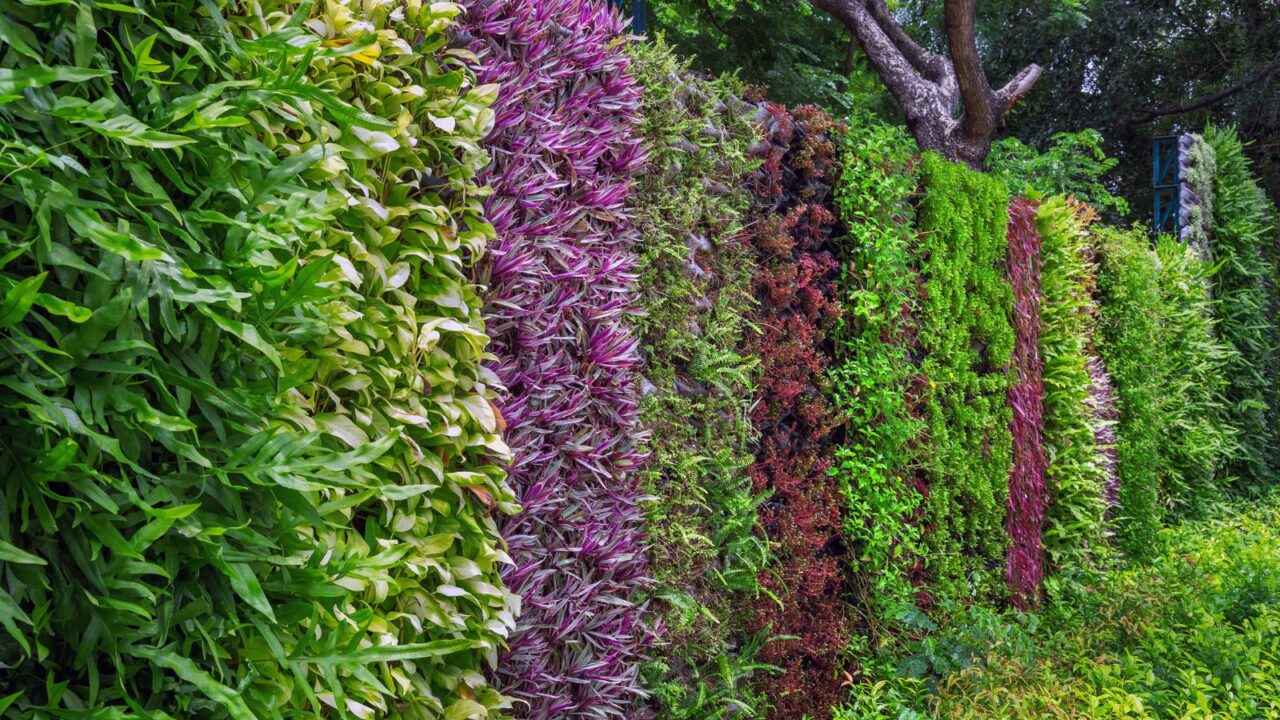
Garden Trends 2025
In 2025, American gardening is all about smart, sustainable, and stylish outdoor spaces. Homeowners are embracing eco-friendly practices, high-tech irrigation, and creative landscaping to maximize beauty and function.
From pollinator-friendly gardens to no-mow lawns, these trends make gardening easier, greener, and more rewarding. Whether you have a backyard, patio, or balcony, this year’s biggest updates help you grow a thriving, low-maintenance oasis.
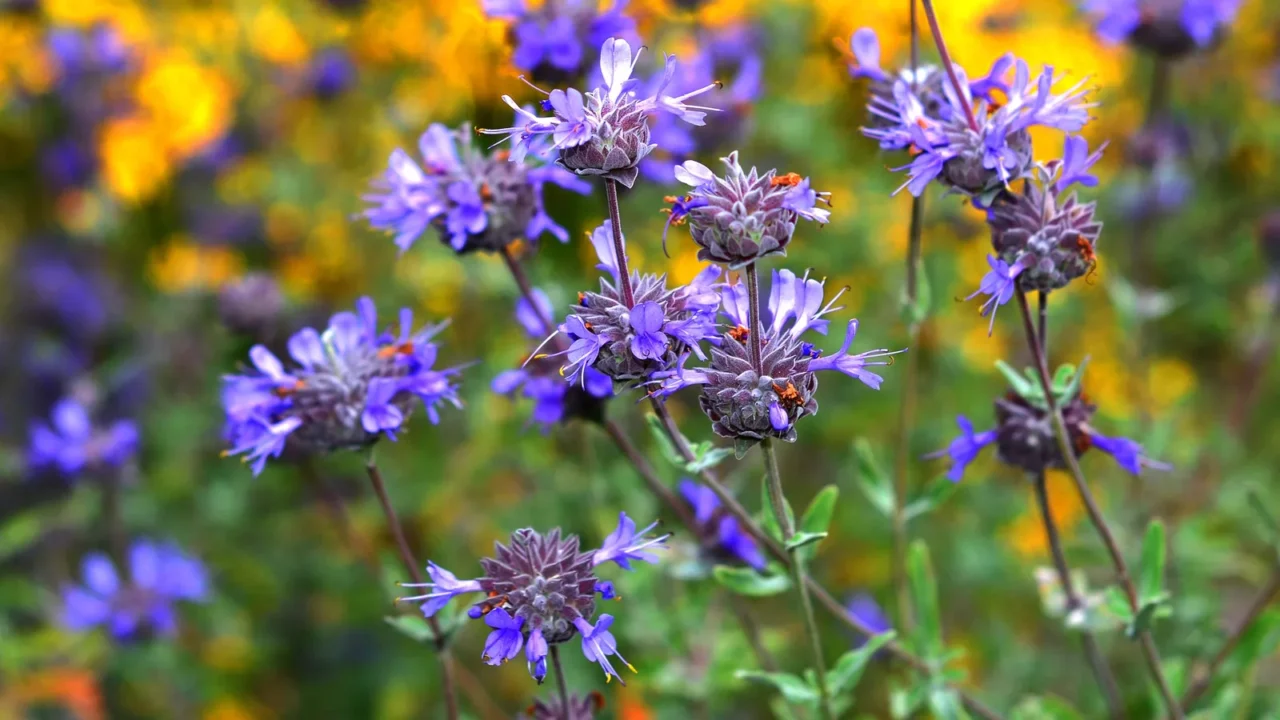
Native Plants
Native plants are gaining popularity because they thrive in local climates with minimal maintenance. These plants naturally resist pests and diseases, reducing the need for chemical treatments.
By incorporating native species, gardeners support local ecosystems, providing food and shelter for birds, bees, and butterflies. This trend promotes biodiversity and helps create self-sustaining landscapes that require less water, fertilizer, and overall effort to maintain.

Irrigation System
Water conservation is a priority for American gardeners, making smart irrigation systems an essential upgrade. These systems use sensors and real-time weather data to adjust watering schedules, ensuring plants get the right amount of hydration without waste.
By reducing water usage, homeowners can lower utility bills and contribute to environmental sustainability. Popular options include drip irrigation, soil moisture sensors, and app-controlled sprinkler systems.
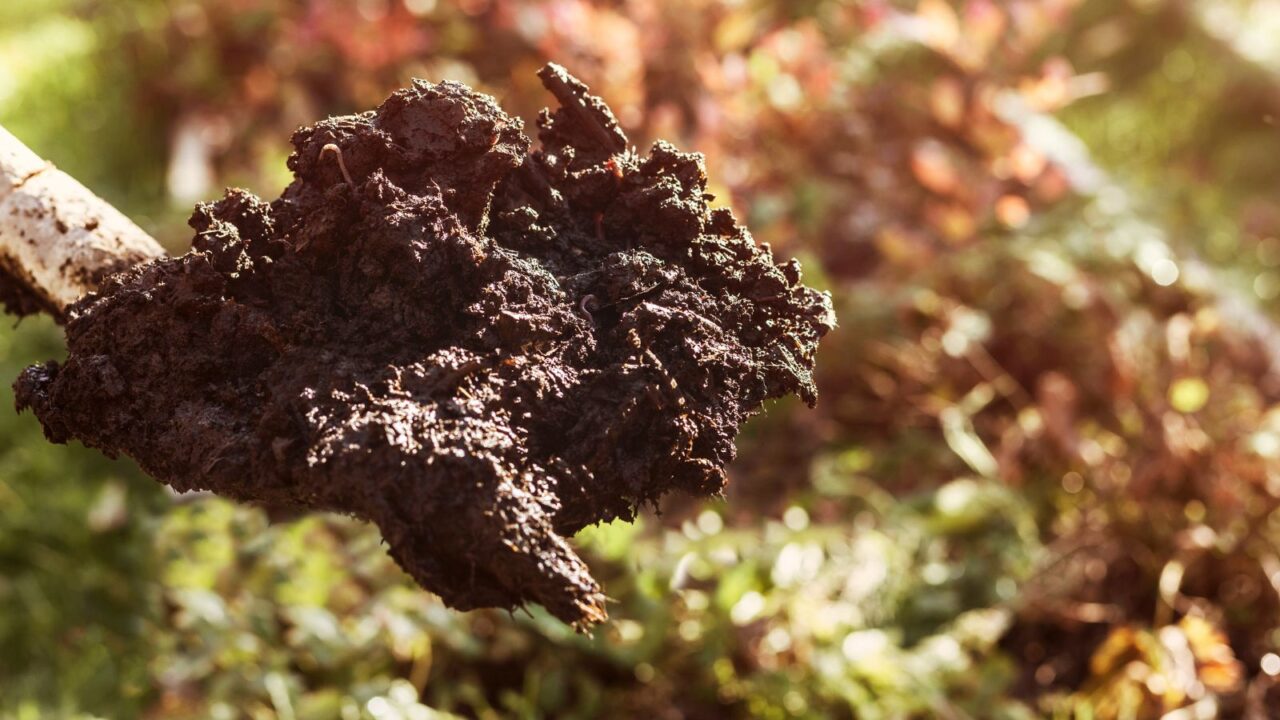
Gardening Practices
Eco-conscious gardening is a growing movement in the U.S. as people look for ways to reduce their environmental impact. Sustainable practices like composting food scraps, using organic fertilizers, and collecting rainwater are becoming standard.
Avoiding synthetic pesticides and opting for natural pest control methods also helps protect local wildlife. By implementing these techniques, gardeners can improve soil health, conserve resources, and create a balanced, thriving ecosystem.
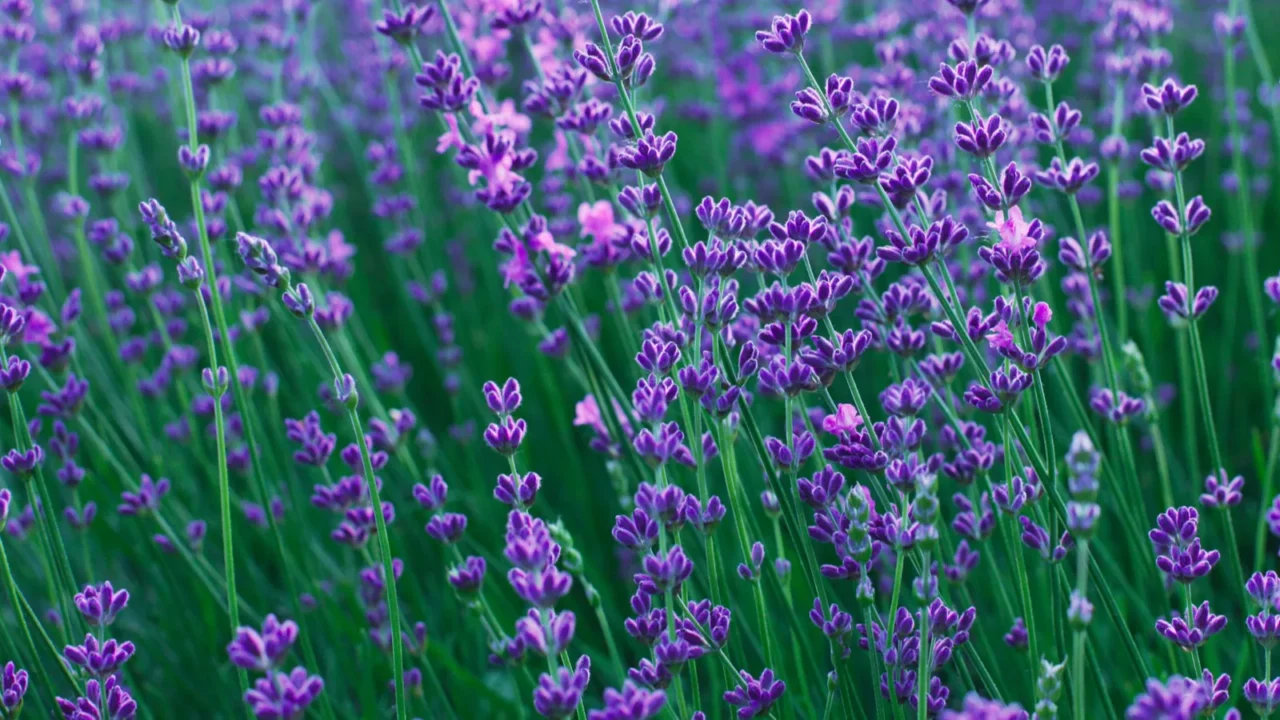
Pollinator-Friendly
With declining bee and butterfly populations, more gardeners are creating pollinator-friendly landscapes. By planting nectar-rich flowers like milkweed, lavender, and sunflowers, they provide food for essential pollinators.
Some homeowners are even installing bee hotels and butterfly houses to offer shelter. These gardens not only enhance plant reproduction but also support food security by ensuring crops and fruit trees continue to thrive.
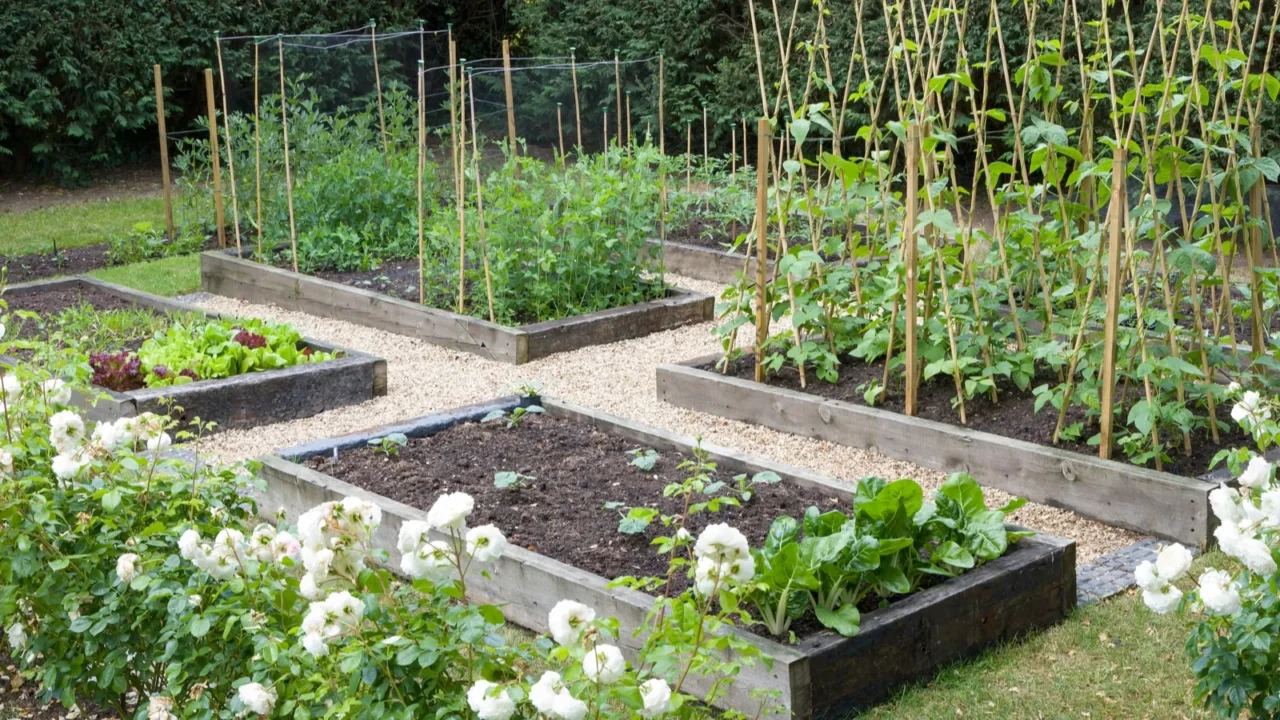
Edible Landscaping
Edible landscaping combines beauty with functionality by integrating food-producing plants into decorative garden designs. Instead of traditional flower beds, people are planting fruit trees, berry bushes, and herbs alongside ornamental flowers.
Raised garden beds filled with tomatoes, lettuce, and peppers are also common. This trend promotes homegrown, organic produce, making fresh, healthy food more accessible while reducing grocery bills.
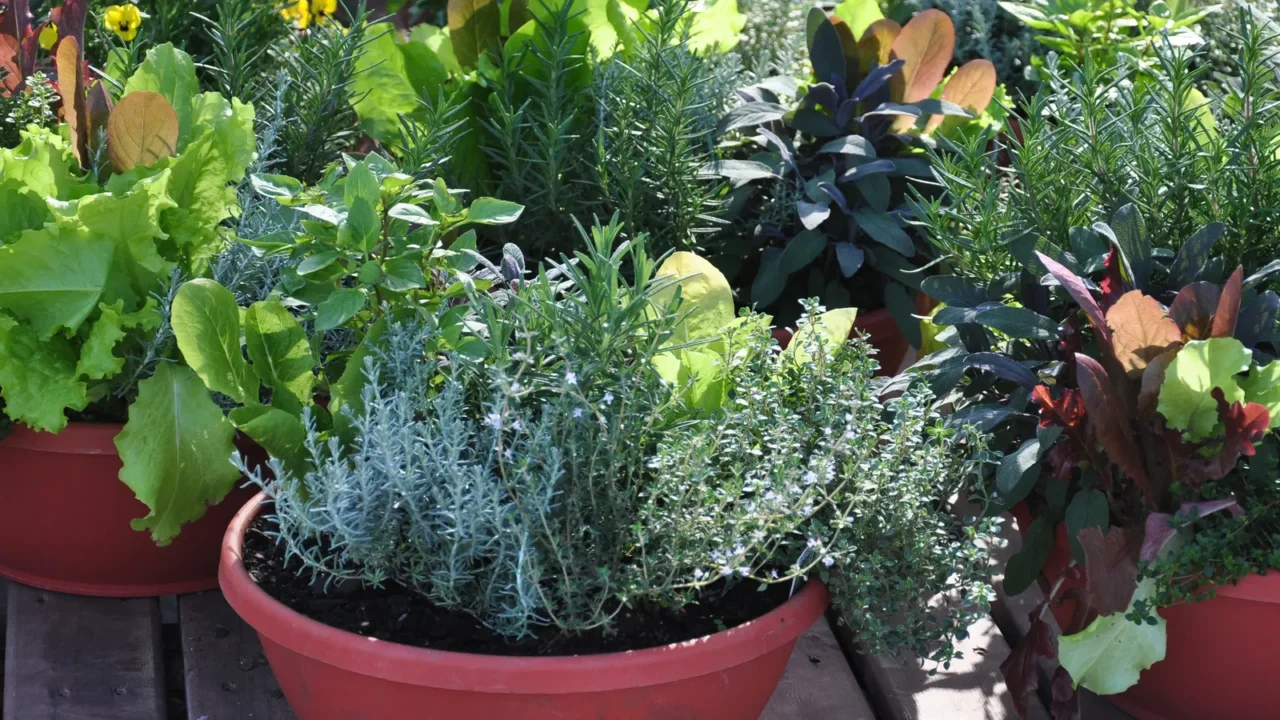
Container Gardening
Container gardening is perfect for apartment dwellers and those with small yards. By using pots, hanging baskets, and planter boxes, gardeners can grow a variety of plants in compact spaces. This method makes it easy to control soil quality and move plants as needed for optimal sunlight.
Many urban gardeners are using containers to cultivate herbs, vegetables, and flowers on patios, balconies, and rooftops.
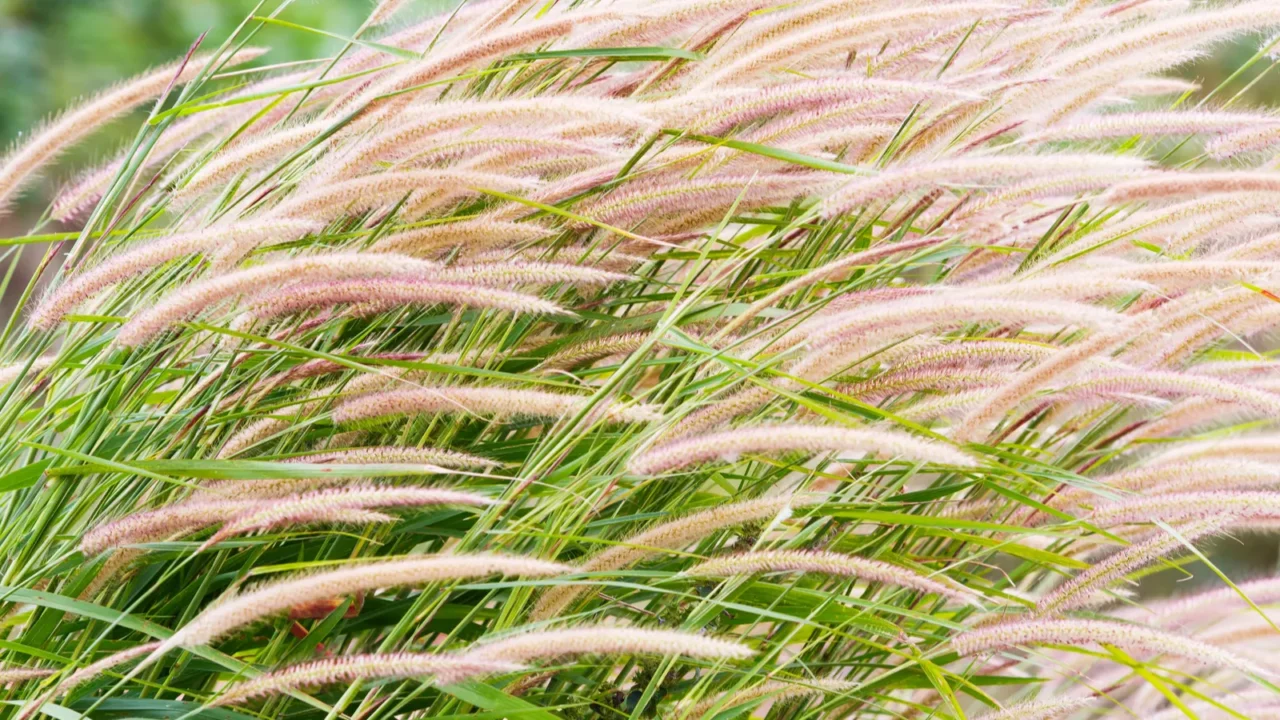
Drought-Tolerant Plantings
With climate concerns on the rise, many homeowners are shifting to drought-tolerant landscaping. Plants like succulents, ornamental grasses, and lavender require little water while adding vibrant color and texture to gardens.
These landscapes are not only low-maintenance but also help conserve water in dry regions. Xeriscaping, which replaces traditional lawns with gravel, mulch, and native plants, is becoming a preferred alternative in water-scarce areas.
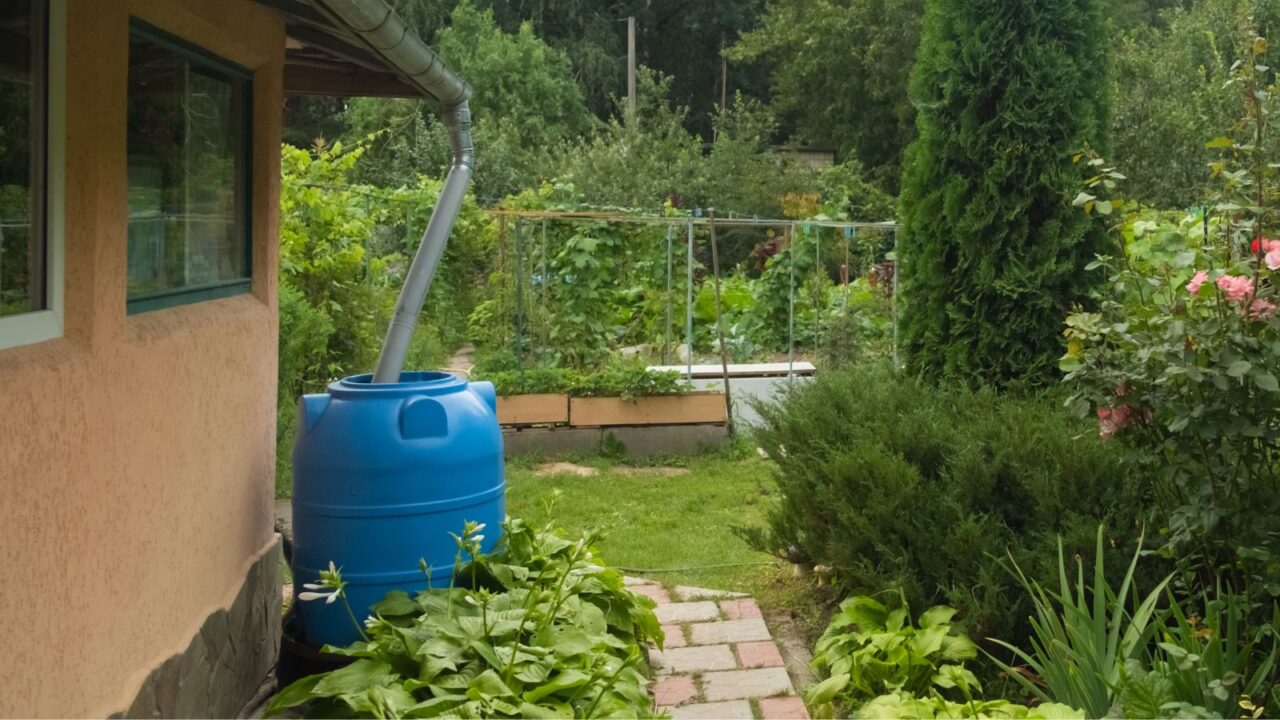
Harvesting System
Collecting and reusing rainwater is a practical way to cut down on water waste. Many homeowners are installing rain barrels or underground cisterns to store rainwater for irrigation. These systems help reduce reliance on municipal water supplies while lowering water bills.
By using natural rainfall to hydrate their gardens, people are taking an eco-friendly approach to maintaining lush landscapes, even during dry seasons.
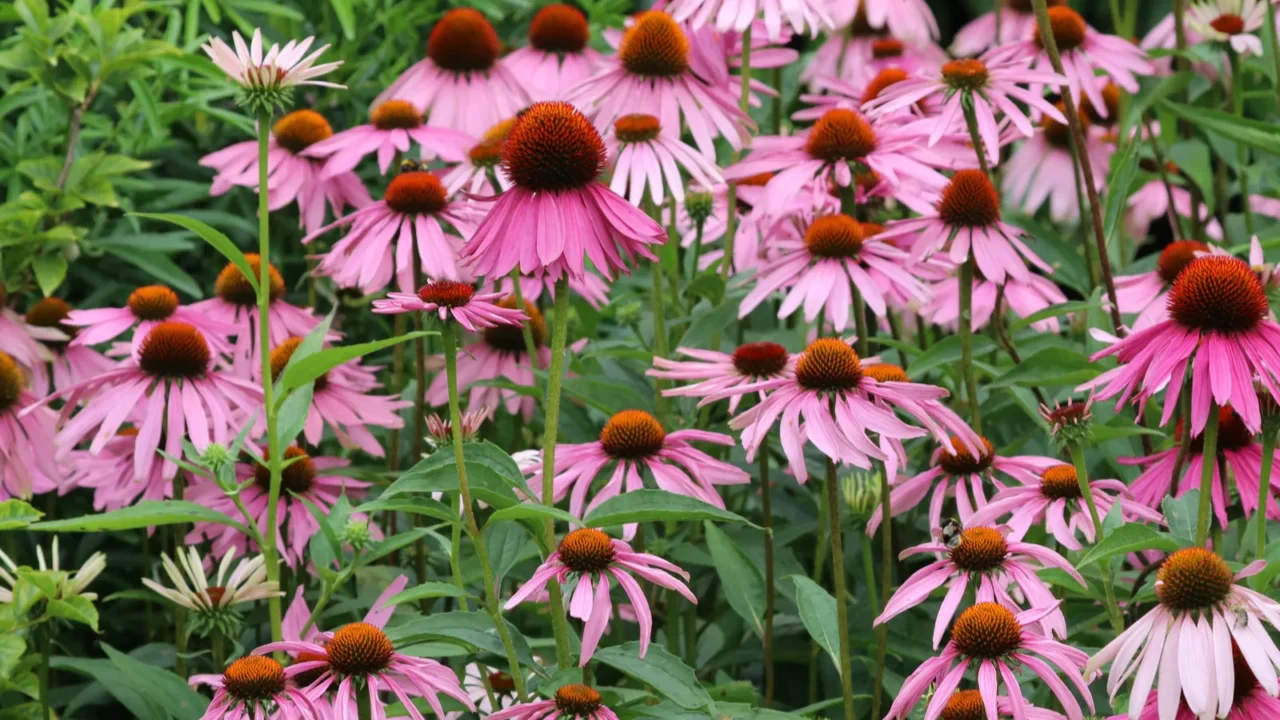
Perennial Plant
Perennials are making a big comeback as they return year after year, reducing the need for frequent replanting. Flowers like coneflowers, black-eyed Susans, and daylilies provide long-lasting color with minimal upkeep. Perennials also help maintain healthy soil and support local pollinators.
By choosing hardy, drought-resistant varieties, gardeners can enjoy beautiful landscapes that thrive season after season with little effort.
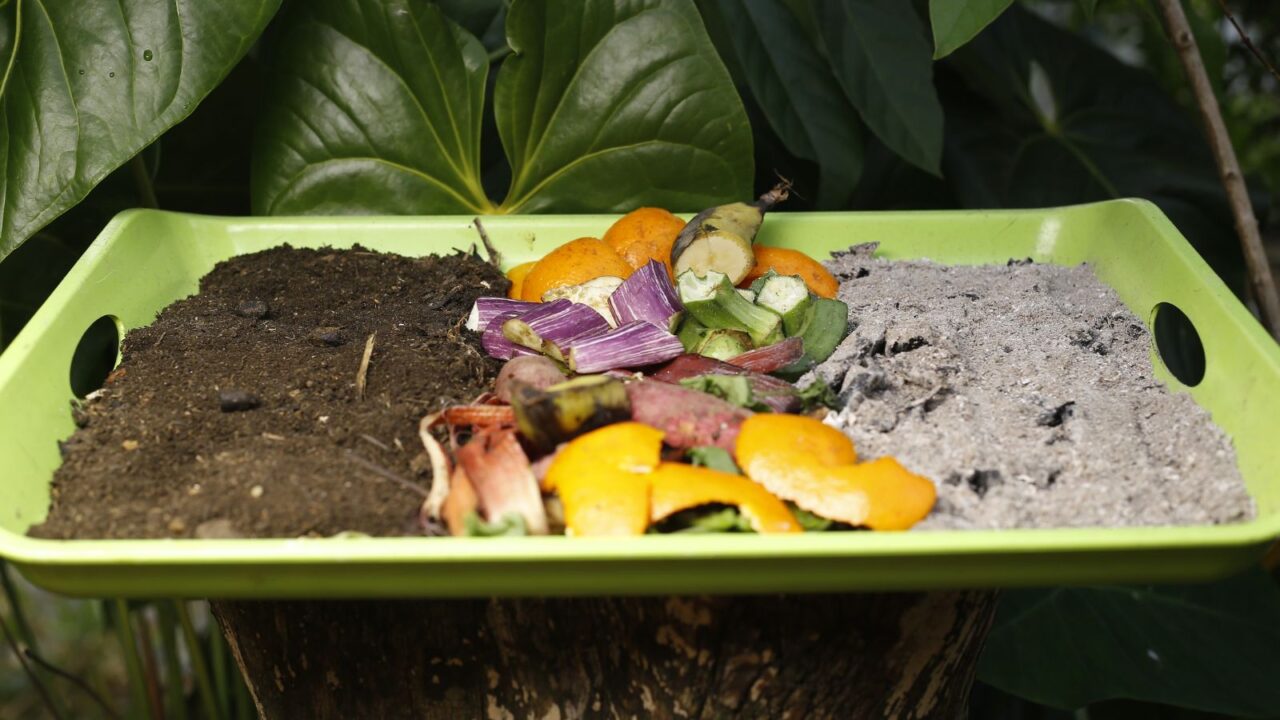
Composting
Composting is one of the easiest ways to enrich garden soil naturally. By recycling food scraps, leaves, and grass clippings, gardeners create nutrient-rich compost that boosts plant growth. Composting reduces landfill waste while improving soil texture and moisture retention.
Whether using backyard bins or kitchen composters, more people are embracing this eco-friendly practice to maintain healthy, thriving gardens.
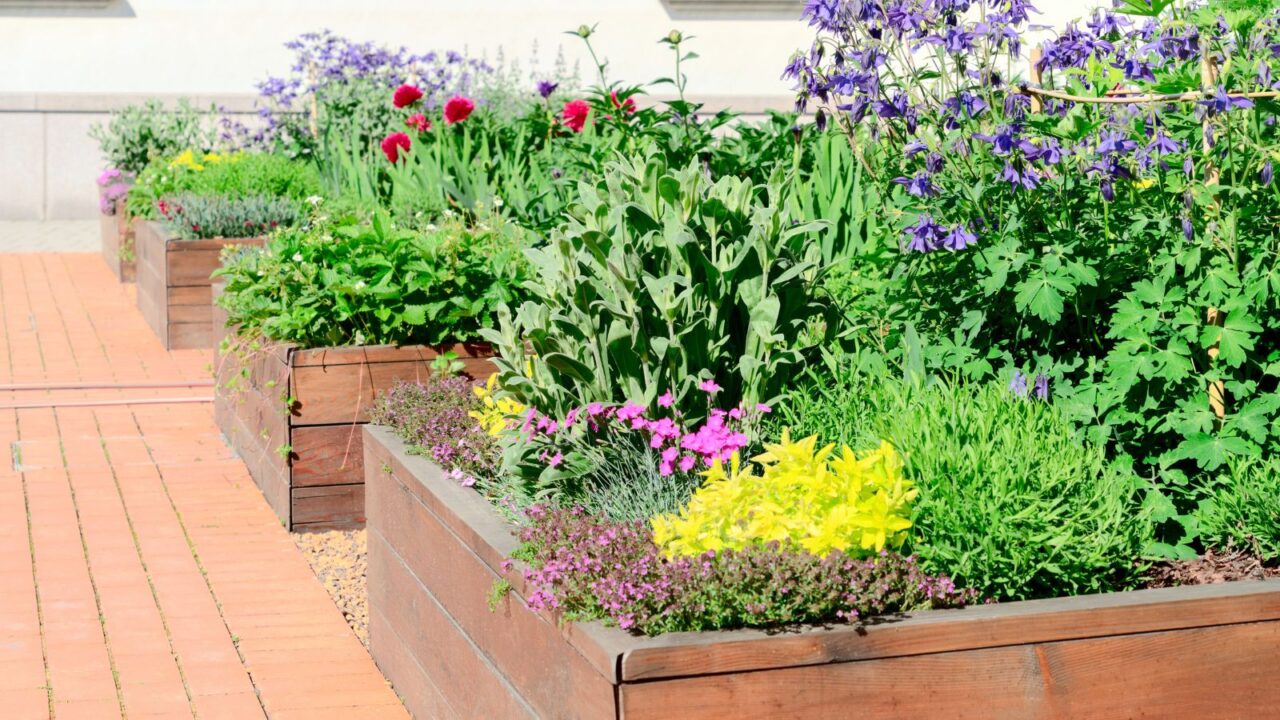
Raised Bed
Raised beds are gaining popularity for their ability to improve soil quality and drainage. These elevated gardens reduce soil compaction and make it easier to control weeds and pests.
Many gardeners use raised beds to grow vegetables, as they warm up faster in the spring and allow for earlier planting. They’re also ideal for individuals with mobility issues since they reduce the need for bending and kneeling.
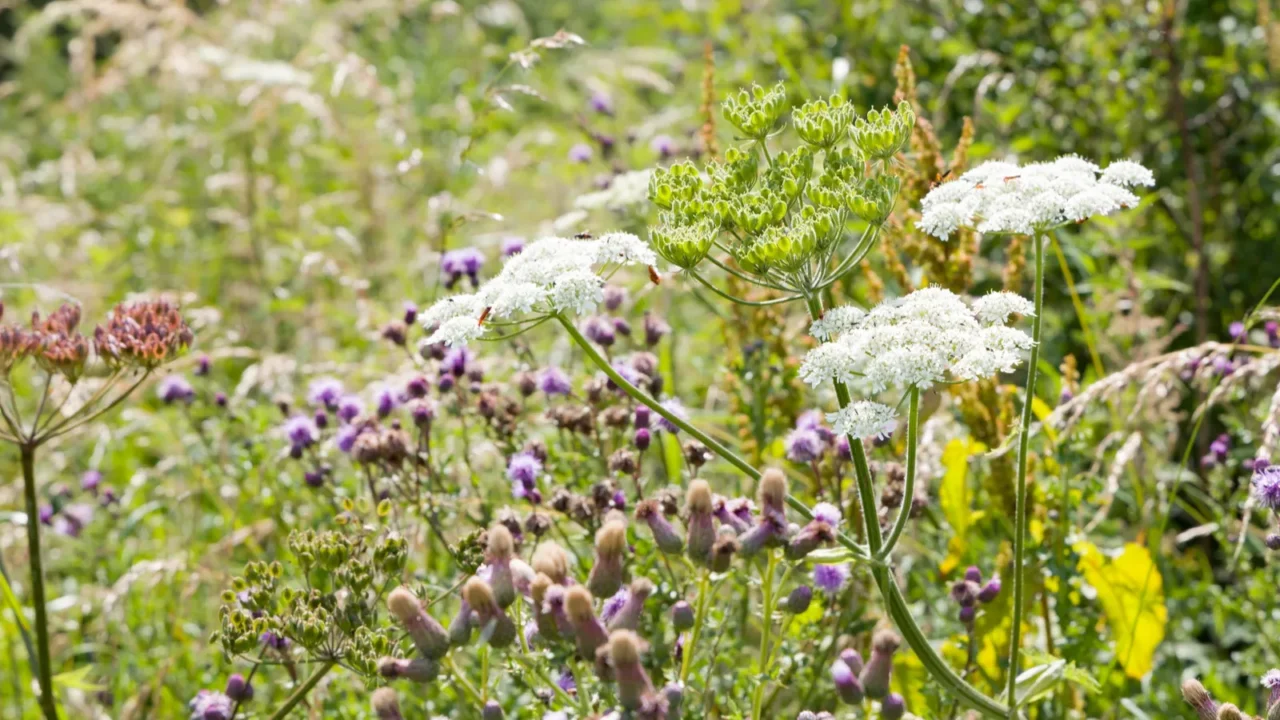
Wildflower Meadows
Wildflower meadows are replacing traditional grass lawns as a low-maintenance alternative. These colorful landscapes require less mowing and watering while attracting bees, butterflies, and birds.
Native wildflowers like bluebonnets, daisies, and goldenrod create a natural, untamed look that blends beauty with environmental benefits. Many homeowners are sowing wildflower seeds in unused yard areas to enjoy a carefree, eco-friendly garden.
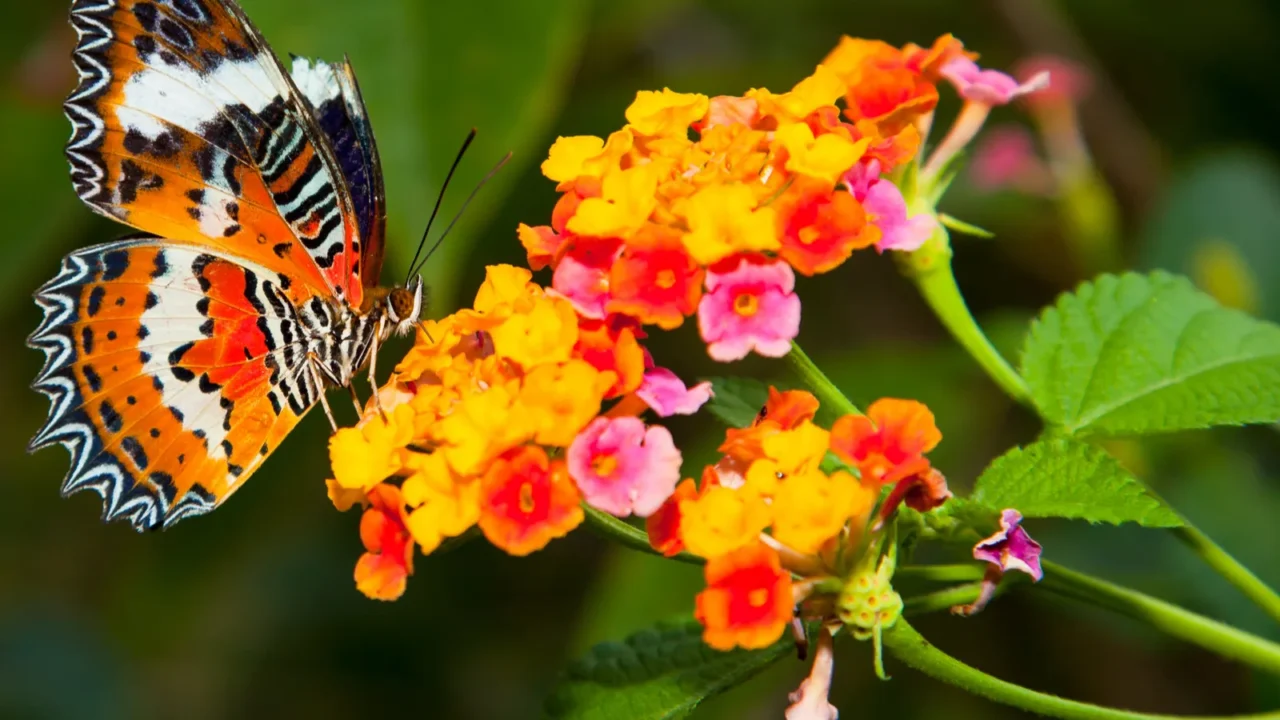
Butterfly Gardens
Butterfly gardens are a delightful way to support these beautiful pollinators. By planting host plants like milkweed and nectar-rich flowers such as zinnias and lantanas, gardeners provide food and breeding grounds for butterflies.
These gardens also attract hummingbirds and bees, making them a vibrant, lively addition to any yard. Many homeowners are embracing this trend to enjoy both beauty and ecological benefits.
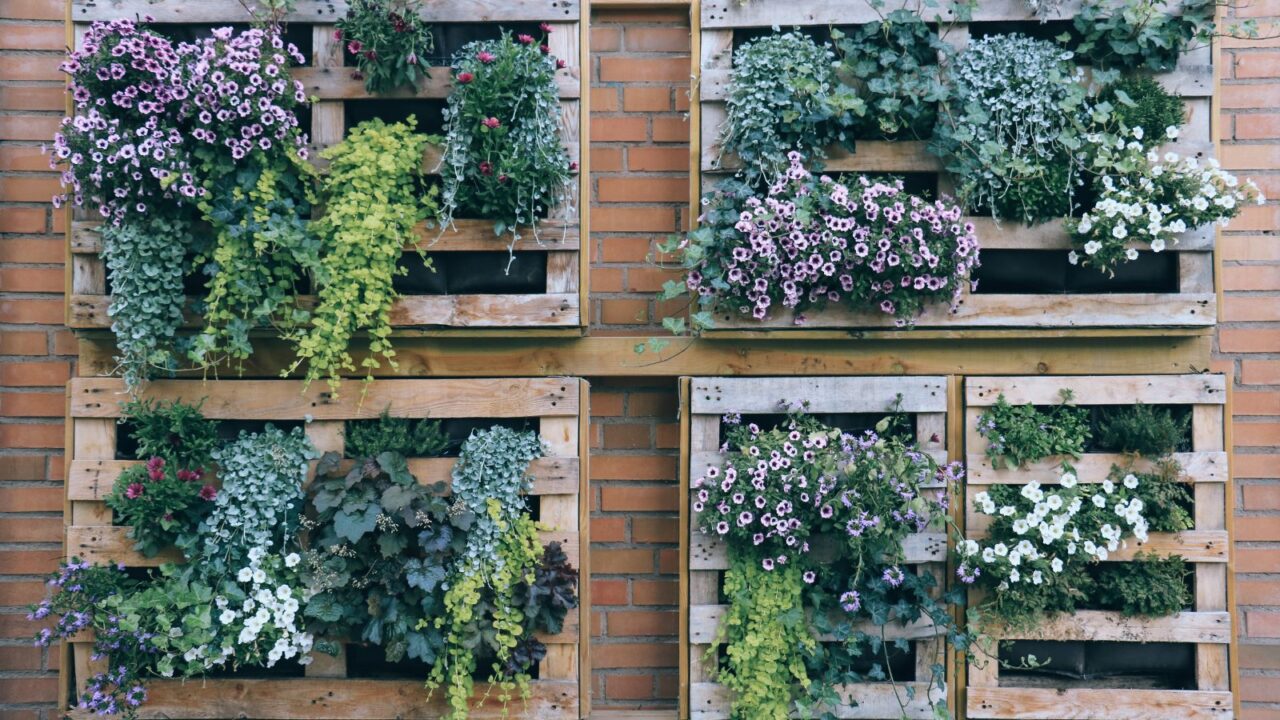
Vertical Gardens
Vertical gardens are a game-changer for those with limited space. By growing plants upward on trellises, walls, or vertical planters, gardeners can create lush green areas even in small yards or urban apartments.
Besides saving space, vertical gardens improve air quality and provide insulation, helping to regulate temperatures. Many homeowners are installing living walls filled with ferns, succulents, and herbs to enhance aesthetics while promoting sustainability.
Ready to style your vertical garden? Check out our guide, Create Urban Vertical Gardens for Small Spaces, for ideas.
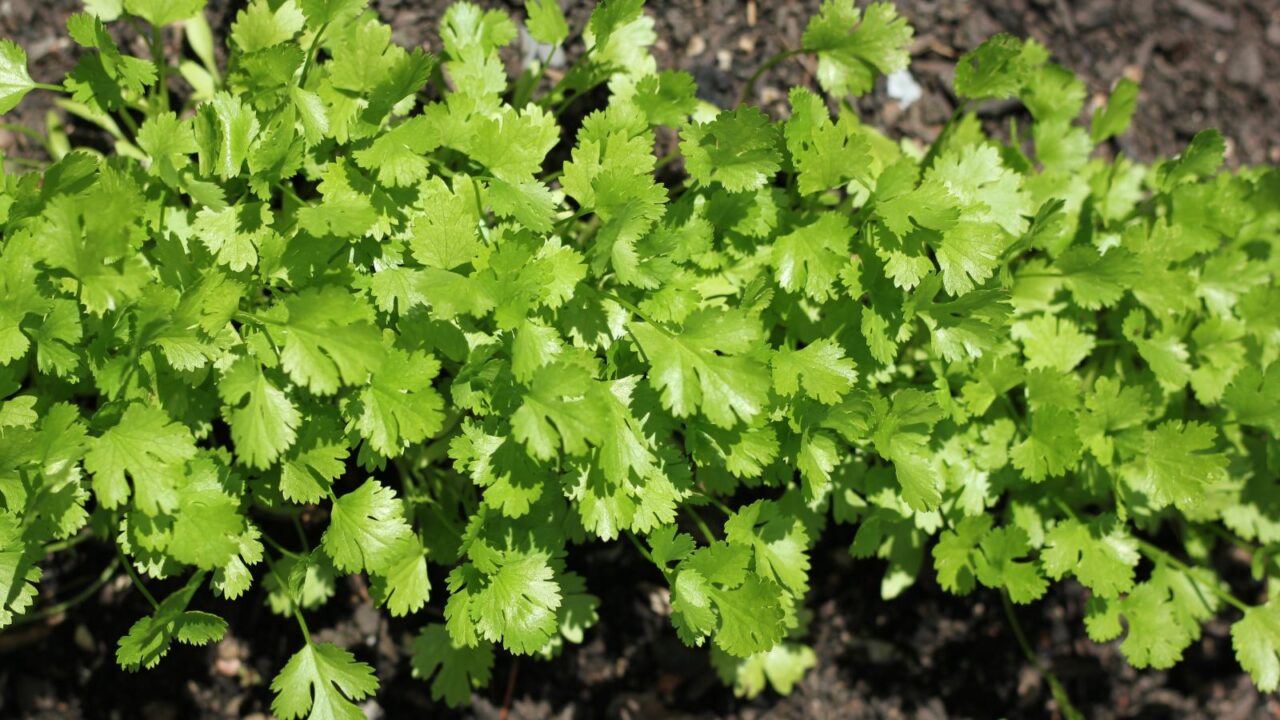
Herb Gardens
Growing fresh herbs at home is an easy way to elevate home cooking. Herbs like basil, thyme, and cilantro can thrive in small garden plots, pots, or even windowsill planters. They provide fresh, flavorful ingredients while adding fragrance and greenery to outdoor spaces.
With more people experimenting in the kitchen, herb gardens are becoming a staple for home chefs who want homegrown flavors at their fingertips. Ready to create a fresh herb garden? Explore our guide, Functional and Fresh Indoor Herb Gardens as Décor, for inspiration.
Which of these updates are you copying? Let us know in the comments below.
Read More From This Brand:
Instagram Worthy Garden Design on a Budget
Rooftop Garden Tips to Maximize Outdoor Spaces
Cottagecore Fall Garden Ideas You’ll Love
Don’t forget to follow us for more exclusive content right here on MSN.